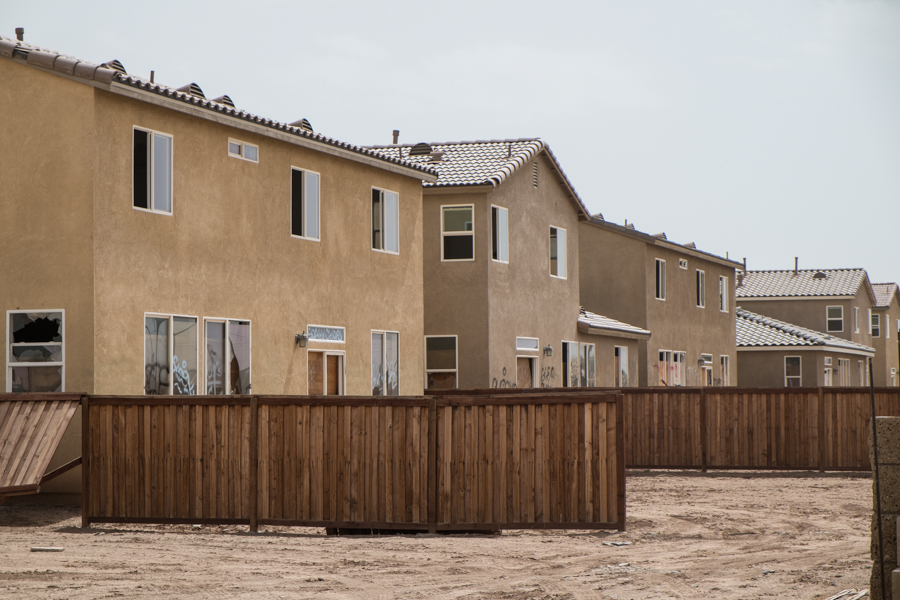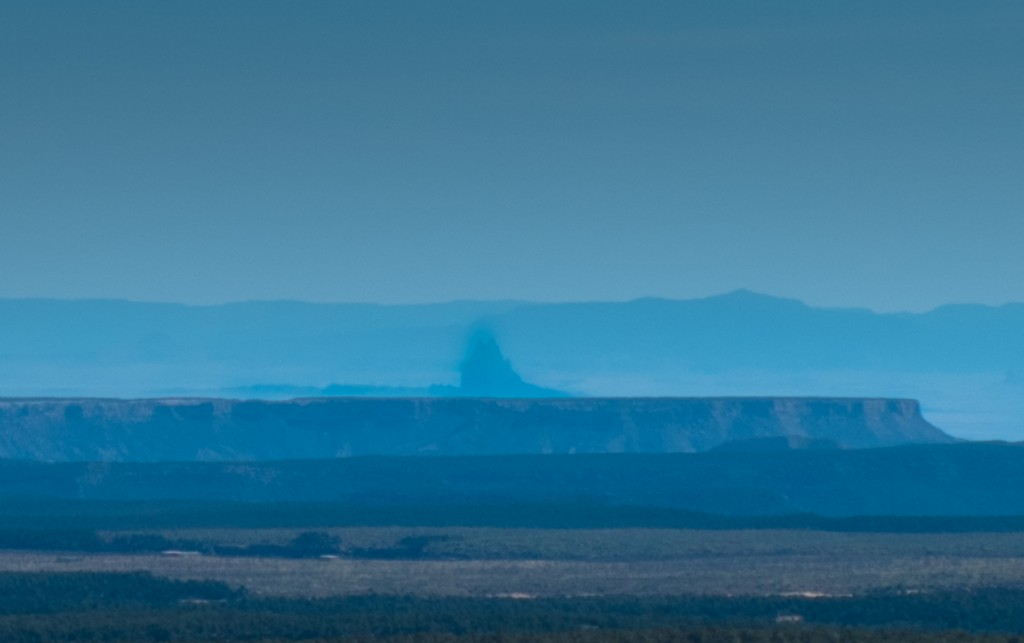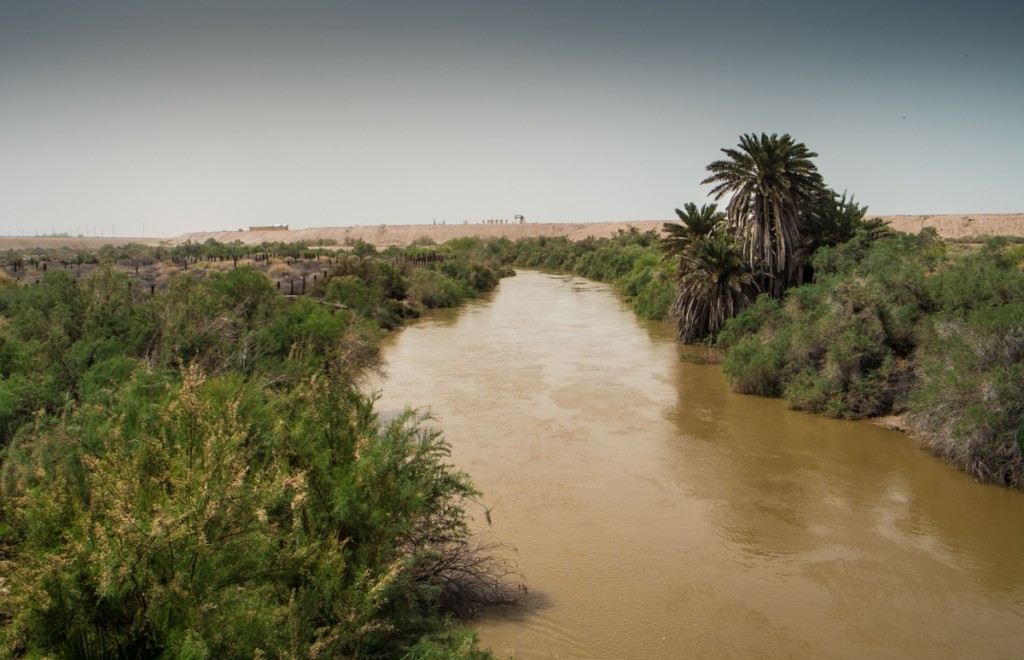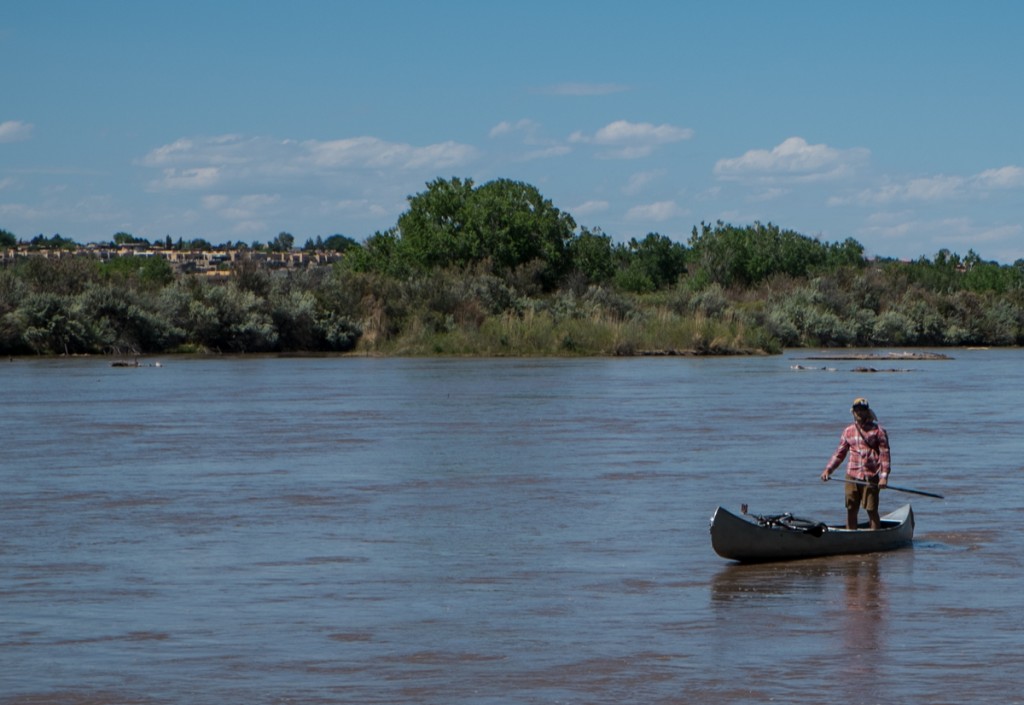I had work to do this morning, but this happened and I couldn’t very well not go watch:
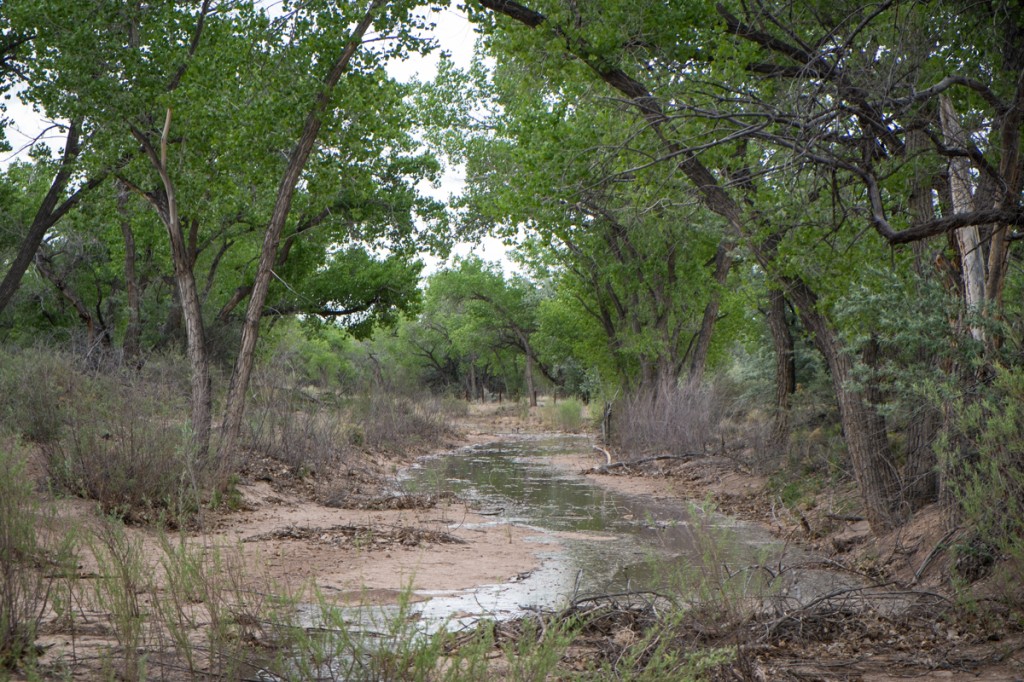
Rio Grande pulse flow water in silvery minnow channel, Albuquerque, May 2014, by John Fleck
It’s an environmental pulse flow on the Rio Grande through Albuquerque, creeping down a channel built in 2008 to provide spawning habitat for the endangered Rio Grande silvery minnow.
This is the fourth consecutive very dry year on the Rio Grande here, with March-July runoff at Otowi, the gauge that measures flow into the central New Mexico Rio Grande Valley, forecast at just 29 percent of the 1981-2010 average. One of the keys to spawning and therefore survival of the silvery minnow (our key endangered critter) is a spring pulse of runoff, so water managers pulled off some clever accounting tricks to conjure up 18,000 acre feet of water to give the minnows an extra boost.
It’s not a huge amount of water, but it’s nearly a 10 percent boost, so it’s not nothing, either.
The release from Cochiti Dam, the flood control structure at the head of the middle valley, started at 10 a.m. yesterday, and the water hit the Albuquerque reach of the river after midnight. I went out this morning only intending to give the flows a quick look, because I had work to do. But, oh my, a river.
There’s an old farm channel in the woods along the river near our Rio Grande Nature Center that’s been widened and adapted to take on water with moderate spring flows, and when I arrived this morning the water was just beginning to creep down its sandy bed. It was very dry – as near as I can tell from the gauges, it likely hasn’t flowed since mid-September.
I ran into Mickey Porter, a fish biologist with the Army Corps of Engineers, who was setting out temperature sensors. (More on the work blog.) He and his colleagues will be out monitoring over the next few days, and he told me he thinks we could see spawning by tomorrow afternoon or Saturday.
This has a lot of similarities to the Minute 319 Colorado River pulse I’ve written so much about – a small amount of water but a very rich and complex deal to pull it off. Similar to the Colorado deal, we won’t know until later, but I suspect that the institutional piece – representatives of all the agencies involved collectively figure out how to pull this off – that may be the more important result of the effort. Another similarity – how absolutely mesmerizing it is to watch water creep slowly across dry land. One more picture:
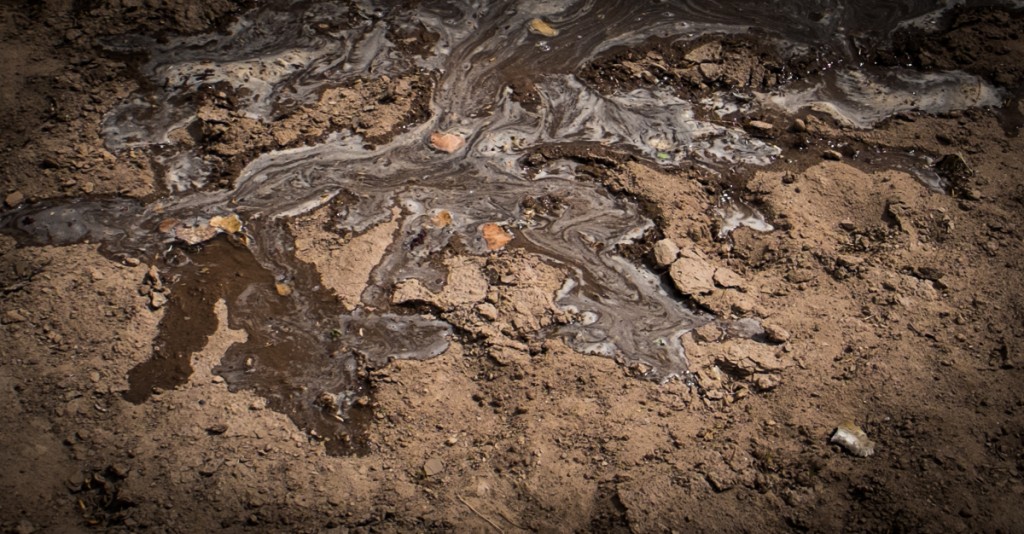
Water, creeping down the silvery minnow channel, Albuquerque, May 2014, by John Fleck
, William Vollman briefly slips out of the obtuse into this rare moment of clarity:

